Despite the increasing popularity and consumption of rosé wine, the truth is that there are still several myths that obscure its image. Here, we help you to clarify several of these false beliefs, so that you can appreciate the great virtues that exist behind rosé wines.
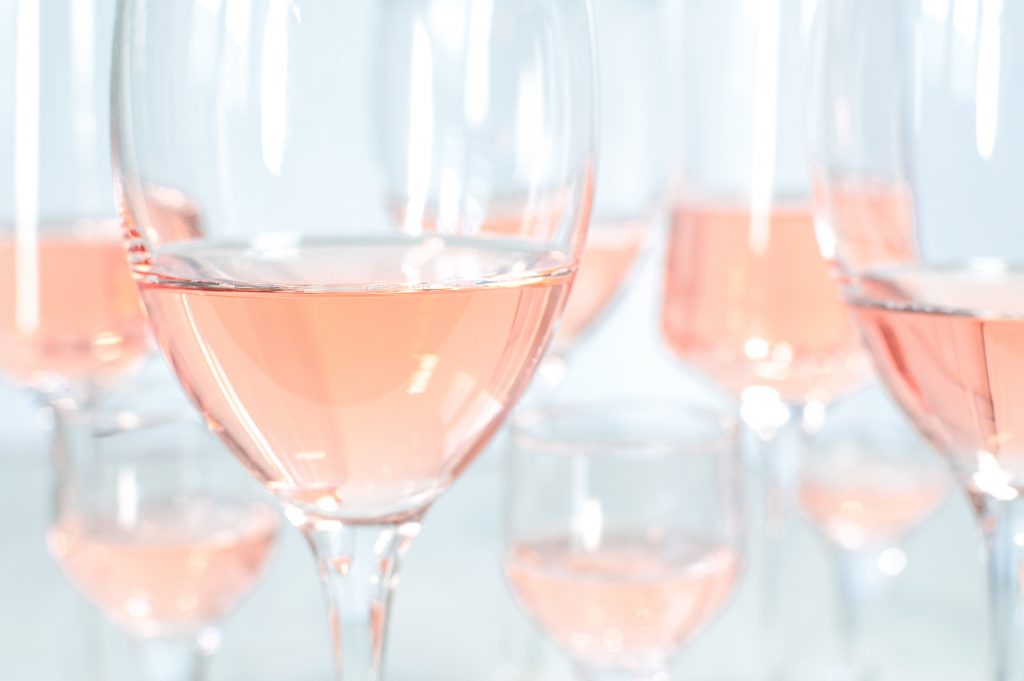
1. Rosé wine is a blend of red and white wine
That it is the result of a blend between red wine and white wine is one of the most widespread myths about rosé wine. However, nothing could be further from the truth.
The truth is that, although rosé wine can be made from a mixture not of white and red wines but of white grape varieties and red grapes, in any case its colour is not explained by this but by the brief contact with the skins (the skin of the grapes), which not only tints the wine but also provides it with tannins.
While in red wines the contact with the skins can last several days (up to a week), in the case of rosé wines, it lasts about 24 hours and then the ‘bleeding’ process is carried out to extract the must, which is what explains why its colour is pink and not reddish.
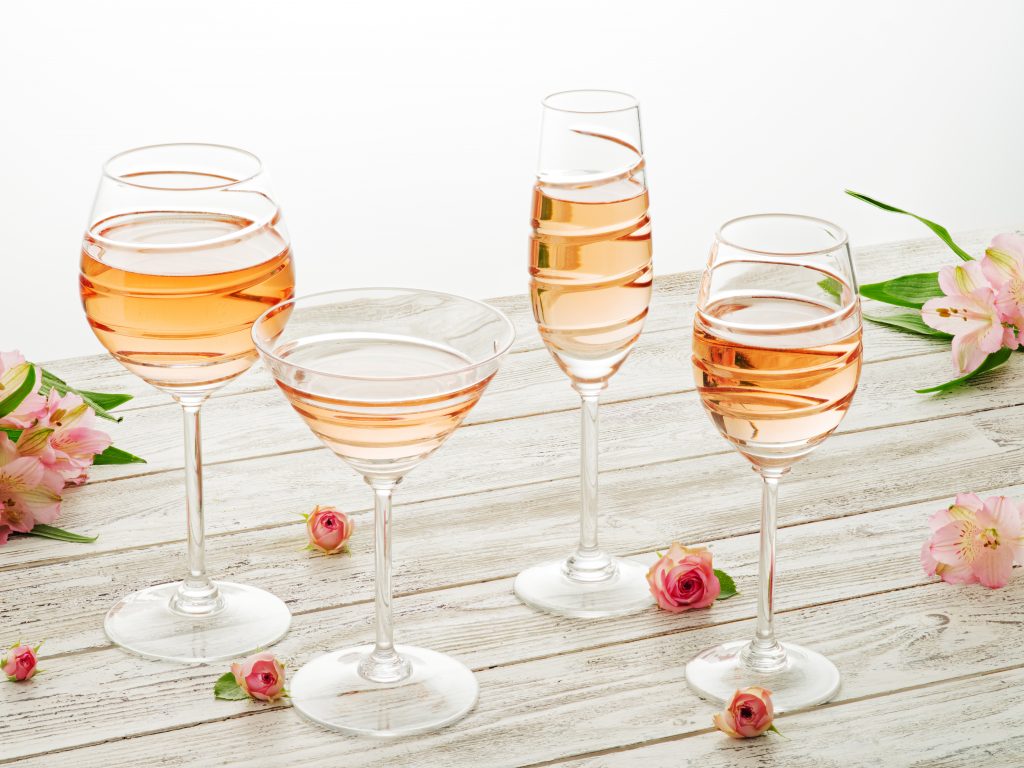
2. Rosé wine is only enjoyed in summer
This myth is a sibling of other myths, such as the one that says that red wine is only for meat or the one that says that white wine only goes well with fish. There is not a single time or a single possible combination for wines.
Although rosé wine, which is usually consumed chilled, can be light and refreshing, and therefore a good choice for summer, this is by no means the only time to enjoy it. In short, there is not just one way or one moment in which you can enjoy a wine. You choose the moment and the ways.

3. Rosé wine is a ”woman’s thing”.
This myth comes from sexist stereotypes, which maintain that there are “women’s things” and assign tastes or preferences according to gender. There is the idea that rosé wine is supposedly more delicate than the rest and that, therefore, it is a preferred choice for women. There are also those who, because of its colour, associate it with the female gender.
The truth is that, apart from the fact that rosé wine is not necessarily more delicate than red or white wine, this myth is false because there is no one palate common to all women and another common to all men. There are no wines for men and wines for women. There are as many tastes and palates as there are people, regardless of gender.
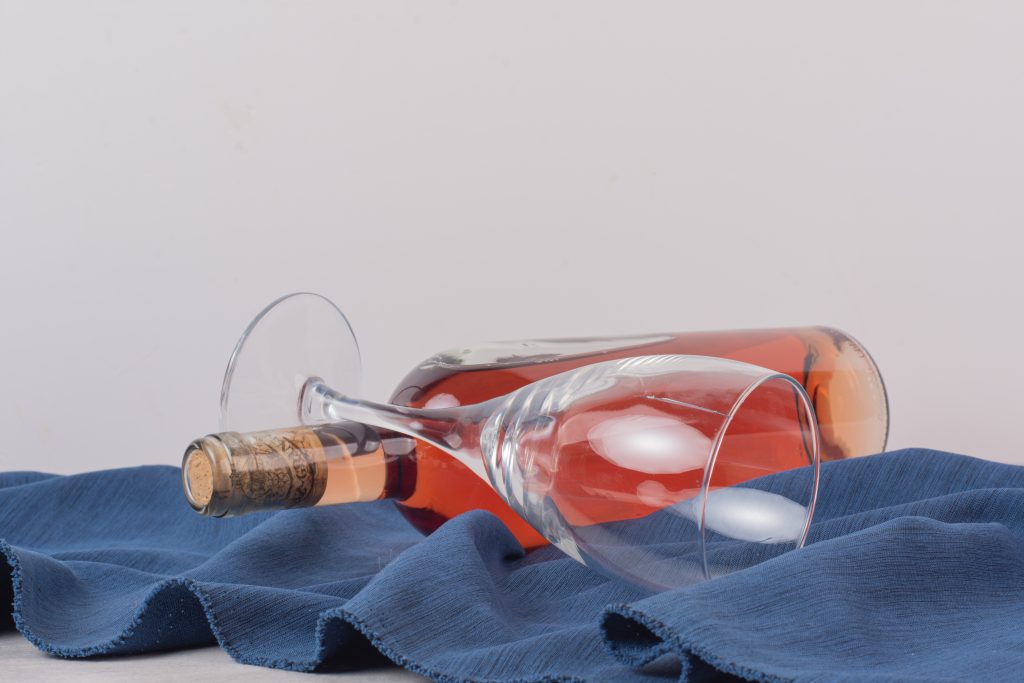
4. Rosé wines have little alcohol
Another false belief about rosé wine is that it has little alcohol. However, this is not true at all, as there are rosé wines that can reach up to 14 degrees of alcohol content.
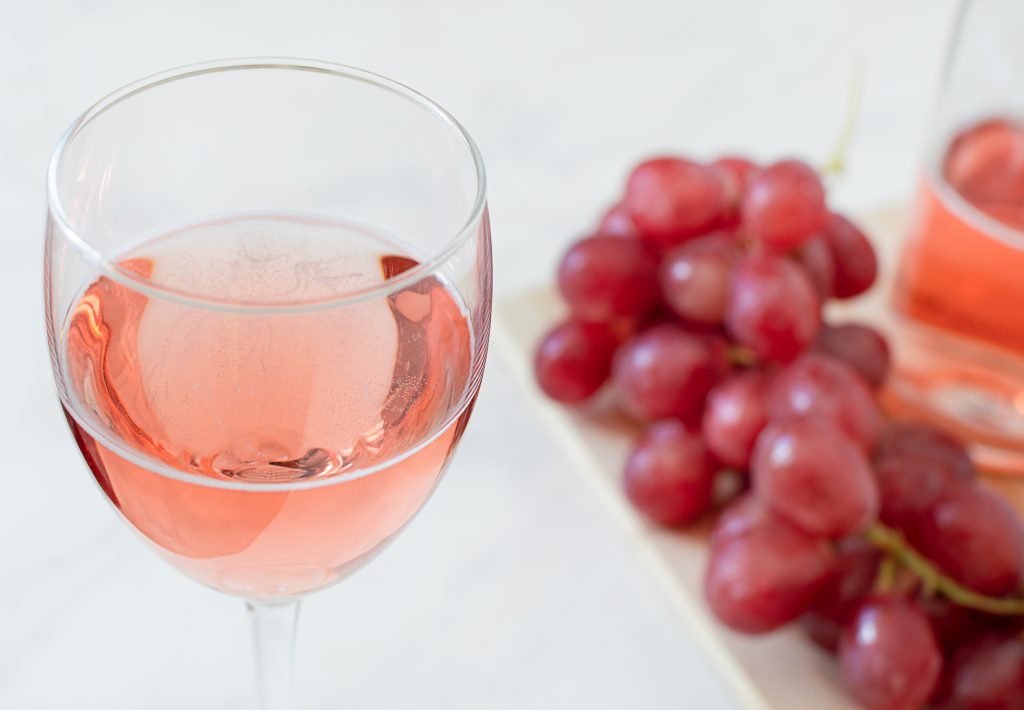
5. Rosé wines are always sweet
This myth is just as false as the previous one. In the same way that there are rosé wines with low alcohol content and others with high alcohol content, we can say that there are sweet rosé wines and other drier ones where acidity predominates. It all depends on the result that each winemaker wants to achieve. But the truth is that there are rosé wines for all tastes.
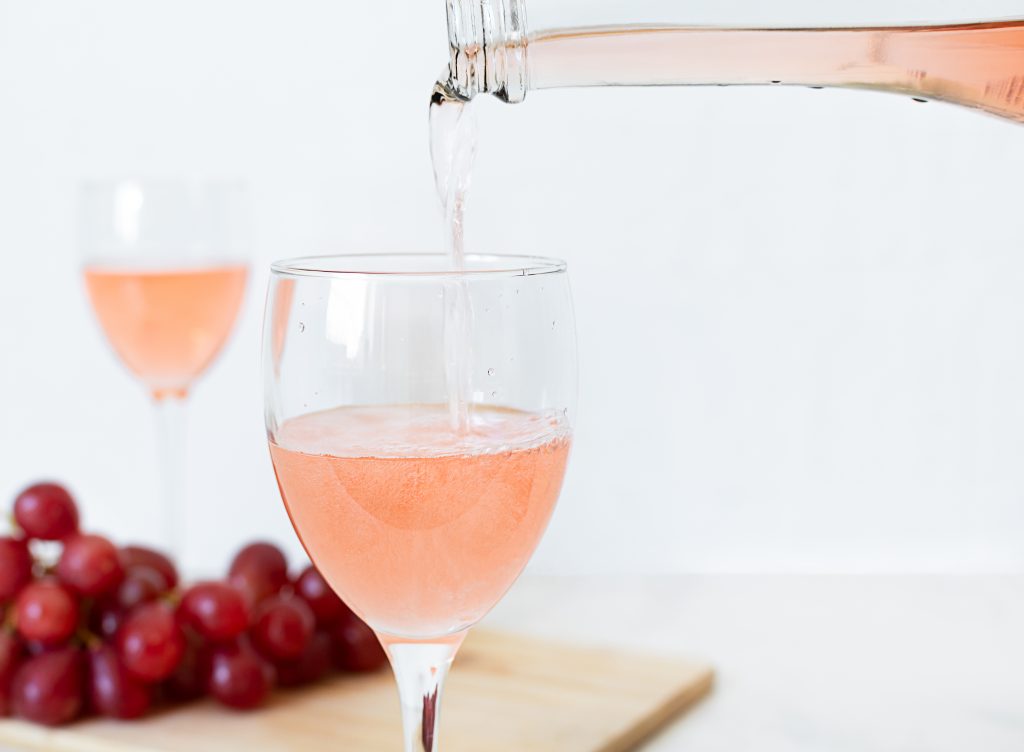
6. The intensity of the colour of rosé wine is an indicator of its quality
Nothing could be further from the truth. The intensity of the colour of a rosé wine, which is determined either by the maceration time or by the type of grape used to make it, is not at all an indicator of its quality. In fact, some of the most highly rated rosé wines are salmon-coloured.
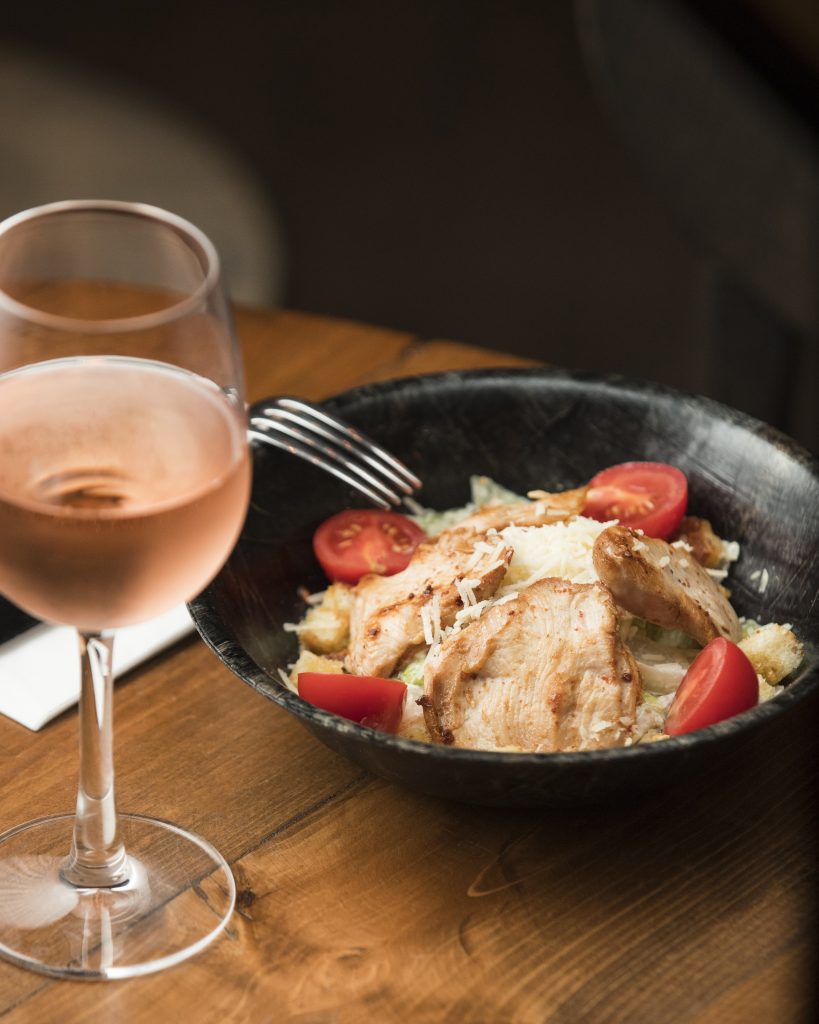
7. Rosé wine does not go well with food
Many people associate rosé wine as an option for cocktails or aperitifs rather than to accompany a meal. The truth is that rosé wine is very versatile and can be a great pairing for salads, rice dishes with fish, smoked meats, cold meats, white fish or rice dishes with meat, among other options.
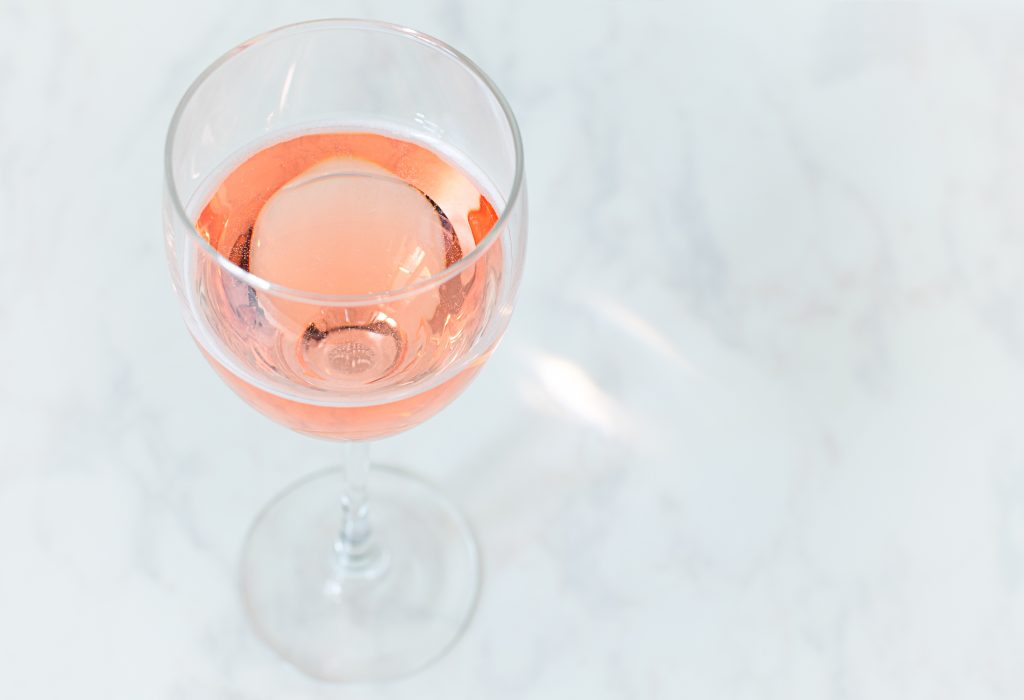
8. Rosé wines are of lesser quality than red or white wines
There is a prejudice that rosé wine is a sort of “third option”, of lower quality and complexity than red or white wines. This is simply not true.
We can even find several rosé wines that have the quality seal of 80+ Peñín Points and 90+ Parker Points.
When it comes to quality, the key lies in the variety and quality of the grape and the soil, the complexity of the winemaking process during its passage through the cellar, among many other things, and not in the type of wine.
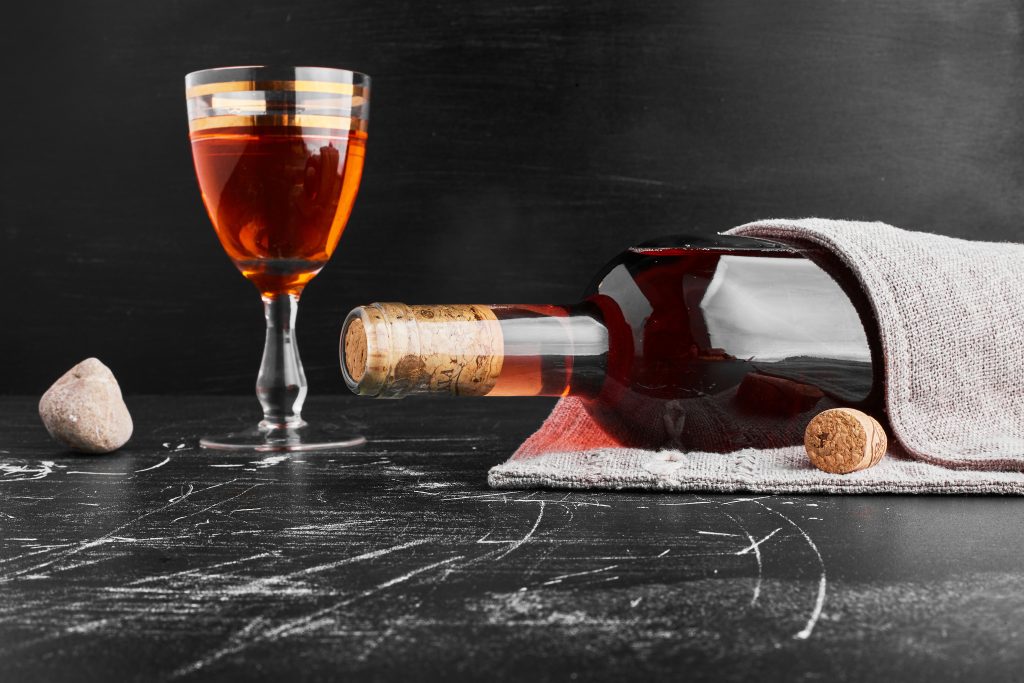
9. Rosé wine consumption is low
According to the Observatoire Mondial du Rosé, world consumption of rosé wine has soared in seventeen years, growing by 40% between 2002 and 2018, with the latter year reaching its consumption record of 25.6 million hectolitres and its production record of 26.4 million hectolitres in the same year.
In terms of countries, the figures showed that the global flow of rosé wines reached €2.2 billion in 2018. At the same time, they reflected that while premium rosé wines come mainly from France, Spain has a strong position at the entry level.






